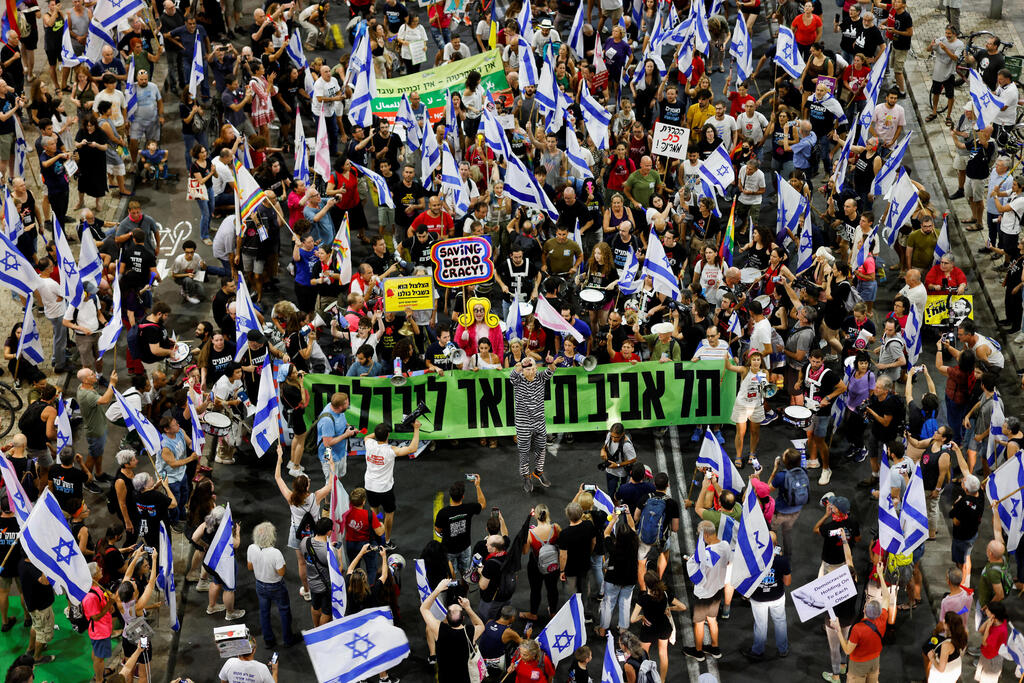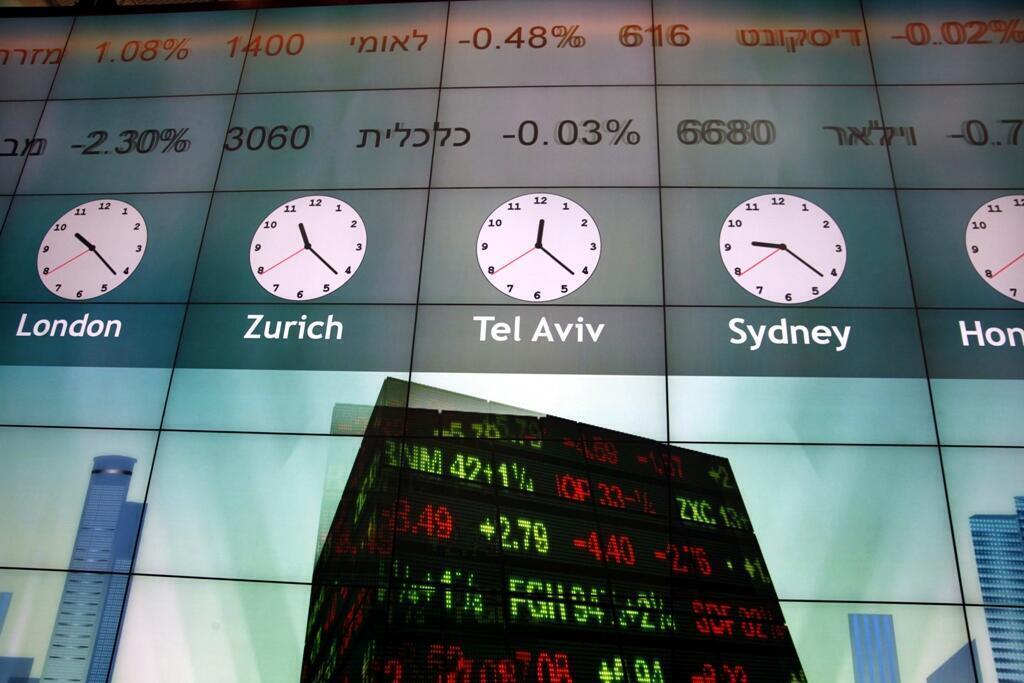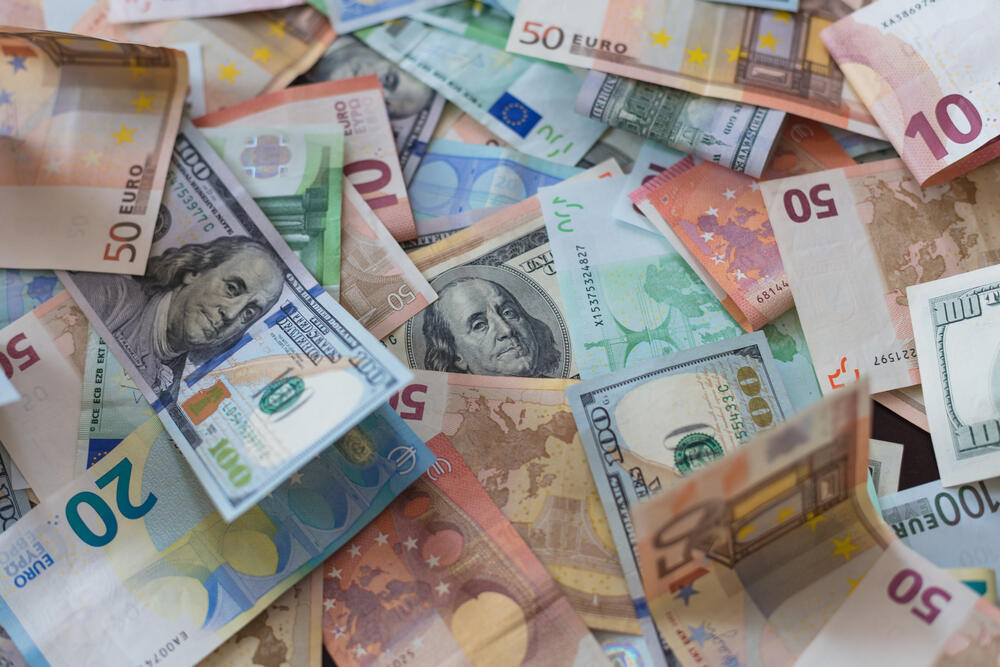The events of October 7 will forever be etched in Israeli collective memory as a national trauma. The war triggered by the Hamas massacre painted the Tel Aviv Stock Exchange in red throughout October, and Israeli institutional investors, who manage the public's savings, spotted an opportunity.
Read more:
Some sought to demonstrate confidence in the nation's economy, significantly increasing their exposure to Israel by approximately NIS 24.3 billion ($6.8 billion) since the attack.
From the end of October to the beginning of January, pension funds acquired Israeli assets (stocks, bonds, etc.) valued at NIS 9.9 billion ($ 2.7 billion), while assets worth NIS 14.4 billion ($4 billion) were purchased through various provident fund products.
As a result, the exposure to Israel, which had been declining over 2022 and 2023, increased in the pension sector from 45.5% at the end of October 2023 to 47.3% by the end of January of the current year; and in the provident fund sector, it rose from 50.3% to 52.3%.
Considering that the pension sector manages assets totaling NIS 759 billion ($212.5 billion), and the provident fund sector manages assets amounting to NIS 622 billion ($174 billion), any such movement translates into billions.
The increase in exposure is no trivial matter. About a quarter of the assets managed in provident and pension funds are non-liquid. Therefore, making adjustments to this portfolio within a four-month timeframe is nearly impossible, especially under current market conditions.
Additionally, a portion of the pension funds' assets consists of designated bonds, which the funds do not actively trade. The total liquid assets in both provident and pension funds amount to approximately NIS 800 billion ($224 billion).
As such, the NIS 24 billion ($ 6.7 billion) increase in exposure is even more significant than it appears at first glance, effectively raising the exposure rate by about 3% relative to the relevant assets.
Institutional investors are among the most influential factors on the momentum in the Israeli market. When these institutions perceive the local market as an opportunity and inject capital, it creates positive momentum.
Conversely, when they believe the local economy is weakening, and the Israeli capital market is likely to yield negative returns, withdrawing funds from Israel can lead to negative momentum.
3 View gallery


Anti-judicial legislation rally in Tel Aviv, September 2023
(Photo: Reuters/Amir Cohen)
This was the case in the first three quarters of 2023, when institutions were wary of the implications of the government’s judicial legislation and began to shift their exposure toward international markets while pulling funds out of Israel.
The impact of transferring assets abroad was acutely felt. The TA-125 Index, the benchmark index of the Israeli stock exchange, yielded a return of less than 4% over 2023, compared to 28% for the American S&P 500 Index.
By October 2023, institutional exposure to international markets versus Israel had reached a peak: pension funds were exposed at a rate of nearly 50%, and provident funds at a rate of nearly 55%. However, since then, particularly at Israel's security nadir, institutions have begun increasing their exposure to the local market.




